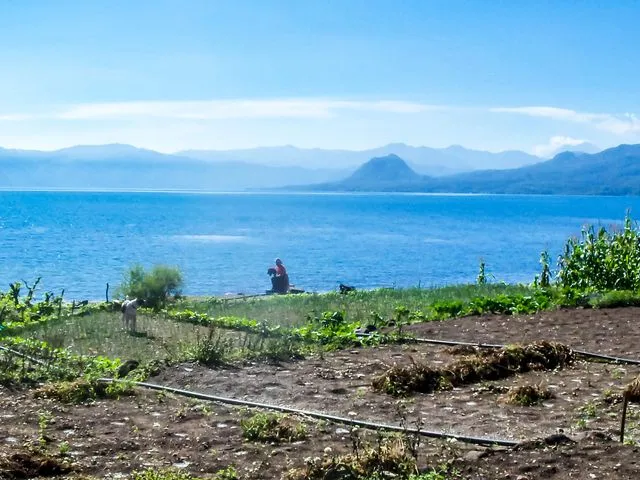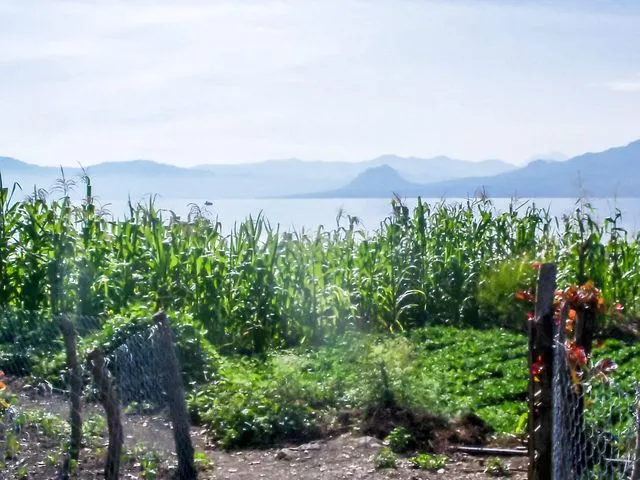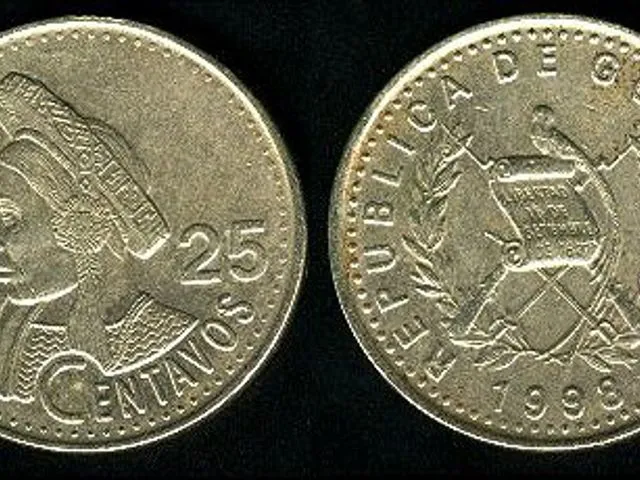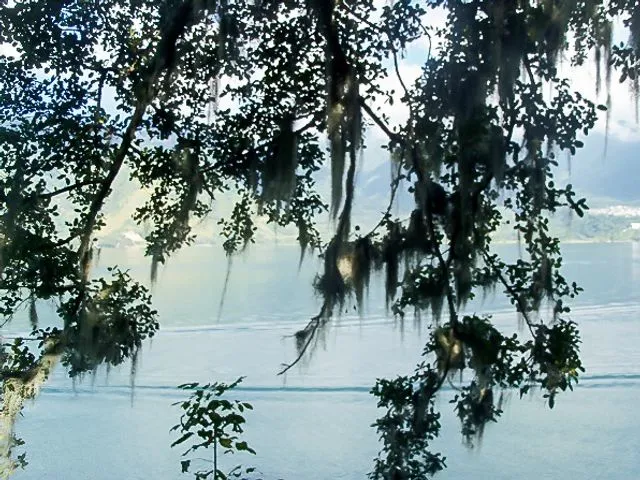
Mysteries of Lake Atitlan
Guatemala is Central America's most diverse country. Apart from the typical roasting marshmallows atop a volcano or climbing ancient Mayan ruins, there is an abundance of coffee tours. Shopping at local markets is a must do. Take on one of the Spanish classes, or participate in a mystic chocolate ceremony. And still, there are some rarely mentioned adventures that are worth coming across.
The country's southwestern highlands area is home of a massive volcanic lake. Formerly a crater, this lake is surrounded with a sprinkling of a dozen or so Mayan villages along with the surrounding volcanoes with their strikingly angular cones. This lake is called Atitlan.
Atitlan means "at the water" in Nahuatl. Whilst most would suppose that Panajachel is the largest town on the edge of Guatemala’s precious Lake Atitlan, Santiago Atitlan is notably bigger - and surrounded by formidable verdant peaks. In this municipality of Santiago Atitlan, and a short distance from the city itself where a small Tz’utujil community resides, is the village of Cerro de Oro. Its name means the “Hill of Gold” but it’s actually a miniature, ancient volcano. It is also called La Puerta (The Door) as per the elders of the village and is regarded as one of the crossings to the Xibalba (Underworld).

Photo: Cerro de Oro, is this the silhouette of the boa constrictor digesting an elephant in "The Little Prince"?
Few visitors to Lake Atitlan are familiar with the many fables that surround Cerro de Oro. Actually, only a small number of residents know anything about the hill or the population that borders it. Old legends say that when the Spanish first came to Lake Atitlan, they looked for the gold they believed the Maya hid from them in the caves and catacombs under the hill. They never returned from that quest. Other folklore tells us that the Tz’utujil population sought shelter from the Spaniards in the passages which ran all the way to Tolimán volcano rising from the southern shore of the lake.
The trek up Cerro de Oro is short and steep, but gentler than the volcano hikes or the one to the Indian Nose. On your way up there is a rock formation that still serves as a Mayan altar. Near the summit is a lookout area (mirador) where you can rest and enjoy the views around the lake. On the far side of the hill, you will find stones carved with hieroglyphics, some of which are surrounded by fencing to prevent visitors from getting too close.
So what about the elephant in a boa? Back in February 1938, on his way to South America, French author Antoine de Saint-Exupéry’s plane got accidentally overloaded with fuel. It crashed about 10 miles from Guatemala City airport. His plane shattered and Saint-Exupéry was critically hurt. To recover from his injuries he convalesced in nearby La Antigua. His stay in Guatemala spawned some legends. Some say that the asteroid (where a young prince comes from) in his 1942 book "The Little Prince" is based on this region. One narrative tells us that Saint-Exupéry visited Lake Atitlan where he saw Cerro de Oro; whose form is in the first page of his book - a boa constrictor with an entire elephant in its intestinal tract.

Next, we go in search for the woman whose likeness influenced Guatemalan history. In 1959, with a growing national pride of their Mayan legacy, the Bank of Guatemala proposed a search for the most attractive Mayan woman. The nation’s 25-centavo Quetzal (GTQ) coin would represent the splendor of the Mayan culture with her profile. An architect by the name of Ovidio Villeda Moscoso was handed the task of forming the image for the coin. In reverence of this undertaking, he spent several months at the Guatemalan Museum of Natural History examining distinctions of the customary Mayan facial traits, before hiring photographer Julio Zadik to find the women who most personified the Mayan characteristics. Zadik traveled to Santiago Atitlan where a national competition was held. Thousands of Mayan women participated and pictures were taken of the three finalists. Using those three photographs, the ultimate composite image was created to decorate the 25-cent GTQ.

One of these three women chosen was 17 year old Doña (Lady) Concepción Ramírez, known amongst her neighbors as Doña Chonita. She became a symbol of motivation and a voice for Mayan women. She still resides in Santiago Atitlán and has since received numerous prizes and honors. As you stroll the streets of Santiago, ask around and maybe you too will have a chance encounter with Doña Chonita, the face and spokesperson for Mayan culture.

We have all heard of the Loch Ness monster, or the one in Lake Baikal, and of course, Lake Atitlan has its own legendary monster - a beast similar to a dragon called Chakona or Arcoiris (Rainbow) living in the innermost depths of the lake. On windy days it is said the lake is angry as it tosses and whips the lanchas (small boats) that cross its expanse. For many centuries locals blamed Chakona for the sunken boats and fishermen that have perished in its abyss. Till this day, you will see local men in their canoes staying close to the shore, rather than paddling to the profound waters in the center.
Other mysteries and much magic lingers around Lake Atitlan; from the sunken cities below its surface, up to the Nose of the Indian. The region will enchant you with its beauty and nature, and it is no surprise this place is at the top of anyone's ol' bucket list.
Written by E.M. Kinga Mac